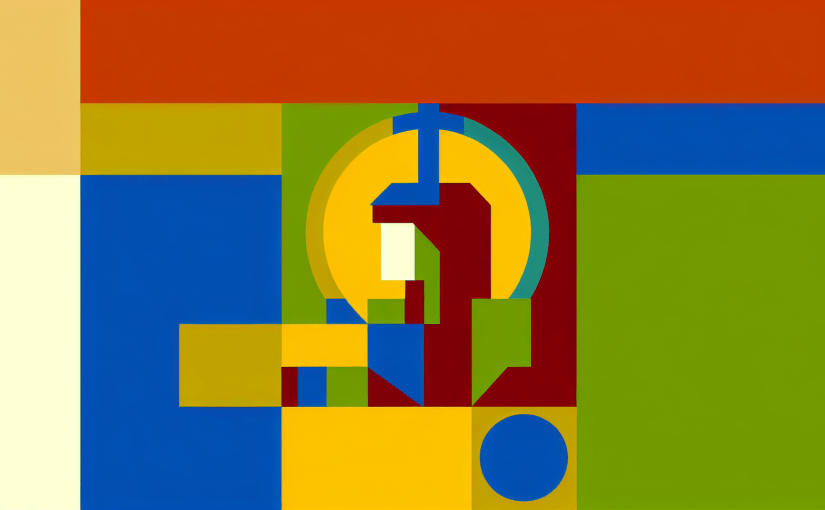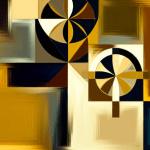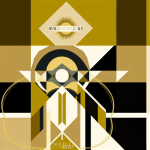Catholic Symbolism in Literature: A Deep Exploration
Catholic symbolism in literature is a profound topic that reflects the intersection of faith, spirituality, and the human experience. From classic literary works to contemporary novels, the influence of Catholicism resonates through themes, characters, and symbols that offer deeper insights into morality, redemption, and the spiritual journey. This blog post delves into how Catholic symbolism is embedded in literature, exploring significant examples and its impact on storytelling.
The Roots of Catholic Symbolism in Literature
Catholicism, with its rich history and complex theology, has been a source of inspiration for countless writers over the centuries. From the works of Dante and Milton to contemporary authors like Flannery O’Connor, Catholic symbolism serves as a lens through which the human condition is examined. The rituals, beliefs, and values of Catholicism provide a framework for exploring themes such as sin, grace, salvation, and the struggle between good and evil.
Historical Context: The Influence of Catholicism
To understand Catholic symbolism in literature, it is essential to consider the historical context. The Catholic Church has played a significant role in shaping Western literature, particularly during the Middle Ages and the Renaissance. During these periods, many writers were influenced by ecclesiastical teachings, biblical narratives, and the moral lessons imparted by the Church.
For instance, Dante Alighieri’s “Divine Comedy” is a quintessential example of Catholic symbolism. In this epic poem, Dante journeys through Hell, Purgatory, and Heaven, vividly illustrating the Catholic understanding of sin and redemption. Various characters represent moral and spiritual realities that align with Catholic teachings, making the work a rich tapestry of faith and literature.
Key Themes of Catholic Symbolism
Catholic symbolism in literature often revolves around several key themes that reflect the Church’s teachings and beliefs. Here, we explore some of the most prominent themes that can elevate literary works and enhance their meaning.
1. Redemption and Forgiveness
One of the most significant themes in Catholic literature is redemption. Many authors depict characters who wrestle with guilt and sin, ultimately seeking forgiveness. This theme is exemplified in works like John Steinbeck’s “East of Eden,” where the struggle between good and evil echoes the biblical narrative of Cain and Abel.
Catholic symbolism often manifests through characters who undergo profound transformations, reminiscent of the sacrament of reconciliation. By illustrating characters’ journeys toward redemption, authors can deeply resonate with readers searching for hope and forgiveness in their lives.
2. The Sacraments
The sacraments of the Catholic Church—such as baptism, Eucharist, and confirmation—are rich in symbolism and can provide a powerful backdrop for literary narratives. For instance, in Graham Greene’s “The Power and the Glory,” the protagonist, a whiskey priest, faces moral dilemmas that challenge his faith and the sanctity of the sacraments. Greene’s exploration of grace and the human condition beautifully intertwines with Catholic symbolism, allowing readers to reflect on the significance of these rites.
3. The Concept of Sin
Sin is a central theme in Catholicism, often explored through the symbolic lens of characters’ actions and choices. Literary works that delve into the nature of sin often depict its consequences and the quest for redemption. In Fyodor Dostoevsky’s “Crime and Punishment,” the protagonist Raskolnikov grapples with his moral choices and the burden of guilt. The narrative serves as a profound examination of sin, illustrating the psychological and spiritual turmoil that accompanies it.
4. The Role of Faith
Faith, or the struggle for it, serves as a powerful theme in literature infused with Catholic symbolism. Authors often portray protagonists who face crises of faith, leading to profound self-discovery. For instance, in Walker Percy’s “The Moviegoer,” the main character, Binx Bolling, searches for meaning in the modern world, reflecting a deep existential crisis rooted in a loss of faith. This journey is marked by symbols of Catholicism that suggest a possible return to spirituality.
Famous Literary Works with Catholic Symbolism
Numerous literary works are replete with Catholic symbolism, demonstrating the diversity and depth of this theme. Let’s explore some prominent examples.
1. “The Brothers Karamazov” by Fyodor Dostoevsky
In “The Brothers Karamazov,” Dostoevsky presents a profound exploration of faith, doubt, and morality. The character of Alyosha embodies Christian idealism, serving as a symbol of faith and compassion. The philosophical discussions on God and morality reflect the essence of Catholic teachings, deeply influencing readers’ understanding of virtue and sin.
2. “A Portrait of the Artist as a Young Man” by James Joyce
James Joyce’s semi-autobiographical novel is rich in Catholic symbolism, showcasing the conflict between personal freedom and religious doctrine. The protagonist, Stephen Dedalus, grapples with his identity and beliefs in a world dominated by the Church. Joyce’s use of religious imagery and themes of guilt and rebellion provide a compelling critique of institutionalized religion.
3. “Wise Blood” by Flannery O’Connor
Flannery O’Connor’s works are often steeped in Catholic symbolism, and “Wise Blood” is a striking example. The novel’s protagonist, Hazel Motes, struggles with faith, leading him to create a false religion. O’Connor skillfully employs symbolism to explore themes of redemption and the search for meaning, illustrating the complexities of belief in a secular world.
4. “The Lord of the Flies” by William Golding
In “The Lord of the Flies,” Golding addresses the nature of evil and the loss of innocence. The symbolic characters of Ralph, Jack, and Piggy can be seen as representations of different aspects of humanity and moral struggle. The descent into savagery reflects a departure from biblical morality, making the novel a poignant commentary on sin and morality.
The Impact of Catholic Symbolism on Modern Literature
Catholic symbolism continues to influence contemporary literature, as authors explore themes of faith, morality, and spirituality. Many modern writers grapple with the complexities of belief in an increasingly secular world, using Catholic symbols to question, affirm, or redefine their faith.
1. Exploring Contemporary Themes
Contemporary authors are reinterpreting Catholic symbolism to address modern dilemmas. Writers like Mia Couto and Louise Erdrich use faith-related symbols to comment on social issues, identity, and the interconnectedness of humanity. By infusing their works with Catholic themes, these authors create stories that resonate deeply with readers navigating complex moral landscapes.
2. Bridging Tradition and Innovation
As literature evolves, the methods of conveying Catholic symbolism have also transformed. Modern narratives may blend traditional symbols with new interpretations, allowing for unique explorations of faith. This ability to adapt and innovate ensures that Catholic symbolism remains relevant and impactful in today’s literary landscape.
Conclusion: The Enduring Power of Catholic Symbolism in Literature
Catholic symbolism in literature serves as a significant medium through which writers explore themes of faith, redemption, and morality. From the works of classic authors like Dante and Dostoevsky to contemporary voices like O’Connor and Joyce, Catholicism has profoundly influenced the literary canon.
As we reflect on the impact of Catholic symbolism in literature, we recognize its ability to connect diverse human experiences with universal themes. Whether through the redemptive journey of characters or the intricate symbolism embedded in their actions, the essence of Catholicism continues to resonate throughout literature, inviting readers to explore their beliefs and contemplate the deeper meanings of life.
This enduring power of Catholic symbolism not only enriches literary works but also invites us to consider our journey of faith and understanding in a complex world. With each read, let us open our minds to the beautiful layers of meaning that Catholicism offers in literature, prompting reflection, growth, and perhaps even a renewed sense of faith.




